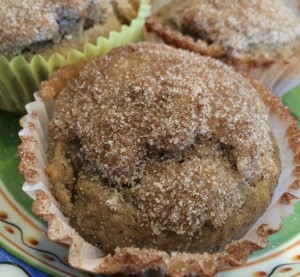Recently in the news, there have been many multiple companies that have released new cricket flour and cricket protein products. While there are some products that serve full insects and crickets in their products, many of these new products use cricket flour in their recipes.
There are a handful of companies currently producing cricket flour in the US and even more around the world, but the general process remains the same for how to make cricket flour.
How to Make Cricket Flour
Learning how to make cricket flour requires crickets. Obvious, but not all crickets are the same. Most companies use the cricket Acheta domesticus due to its high protein content and taste. However some cricket flour companies buy live crickets from local cricket farmers, get shipped frozen crickets from cricket farms, or breed and raise their own crickets to make cricket flour. Additionally, some breeders report that the taste of the crickets can be determined on the choice of food fed to the crickets such as apples, mint, etc.
While most companies harvest their crickets around 8-weeks in their development, companies can harvest them around 6-weeks before their exoskeleton has fully formed.
Once the crickets have been gathered at the cricket processing facility, they then need to be dried before the cricket milling process. The crickets can either be dried in the sun, freeze-dried, placed in a food dehydrator, or baked in an oven. Depending on your time requirements and desired taste profile, you will want to determine what is best for your cricket flour operations.
Generally, the dried crickets are then ground using two different grinding or milling machines. The first machine is set to a coarse grind. Once the crickets have been placed in the first machine, the coarse cricket flour is then sifted to remove the lighter content which consists of legs, wings, etc. and is removed from the final cricket flour product. Next, the remaining coarse cricket flour is placed in the second milling machine which is set to a fine grain size to produce a smooth and fine cricket flour.
Each company will use proprietary processes ranging from the cricket feed, the freezing processes, drying processes, and final grinding procedures as well. However, most cricket flour production processes will follow this general framework. As you can see, learning how to make cricket flour is fairly straightforward and can be done on small and large scale production levels.
Click Here for our Cricket Flour Recipes

